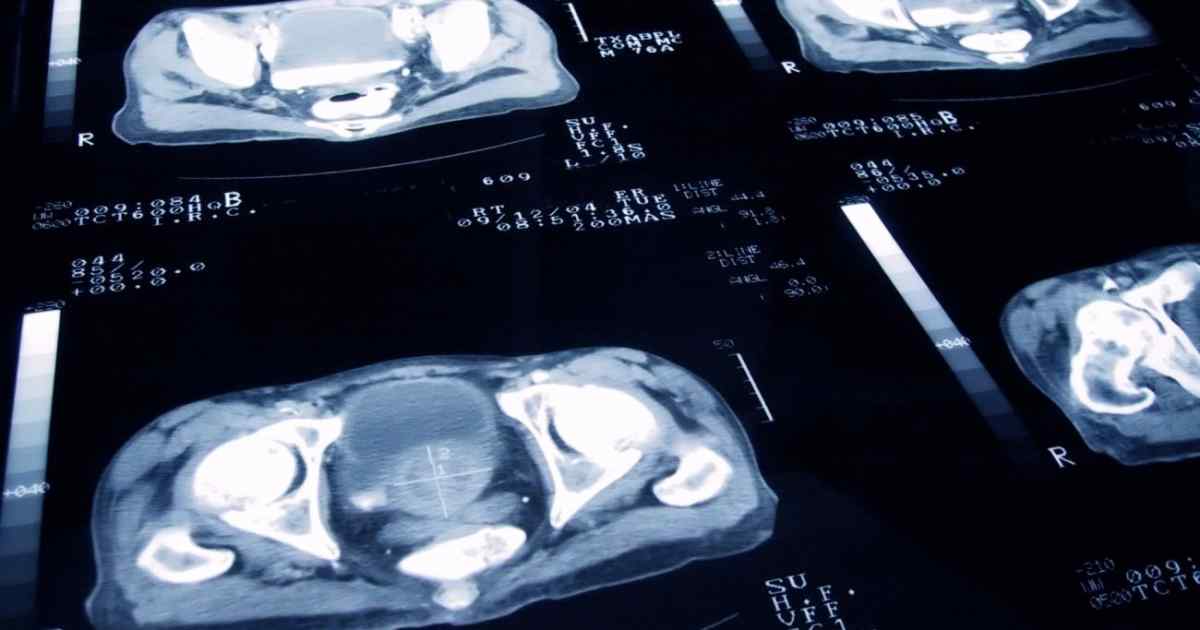Prostate cancer is a significant health concern that affects millions of men, yet it remains misunderstood for many. Fortunately, you can learn more about prostate cancer with an online search, which could help you take control of your health.
Knowing the ins and outs of screening, diagnosis process, and treatment options for prostate cancer is crucial for early detection and effective disease management. Luckily, if you take the time to research more, you can increase your understanding.
Screening and Prevention
Screening for prostate cancer is designed to find cancer in people before they have symptoms, rendering the cancer more treatable than if no screening were performed.
Prostate-Specific Antigen Blood Test: PSA is a protein produced by cells in the prostate gland, whether normal or cancerous. Historically, your odds of having prostate cancer increase as the PSA level increases. Many doctors use a PSA greater than or equal to four ng/mL when deciding upon the need for further testing.
Digital Rectal Examination: During a DRE, the doctor inserts a gloved, lubricated finger into the rectum to feel any abnormalities in the prostate gland.
When to Begin Screening
Many medical associations have published recommendations for prostate cancer screening. For example, the American Cancer Society recommends prostate cancer screening commence at age:
- 50 for men who are asymptomatic and at average risk
- 45 for African American men or men with a first-degree relative diagnosed before the age of 65
- 40 for men at high-risk
The American Urological Association also recommends routine screening every two years for men ages 55 to 69, and the suspension of screening for men older than 70.
When to See a Doctor
It’s important to see your doctor for an evaluation if you experience any of symptoms — no matter how mild. You can learn about specific symptoms to watch for with some additional online research.
Additionally, regular prostate cancer screenings are important, particularly if you have a family history of the disease. Prostate cancer screening is also particularly important for African American males, who are 76 percent more likely to develop prostate cancer and 2.2 times more likely to die from this cancer as compared to Caucasian males.
Diagnosis
If you have symptoms that may be indicative of prostate cancer, your doctor is going to investigate. This investigation starts with a medical history and physical examination.
As part of the medical history, your doctor will ask you several questions regarding your personal medical history and symptoms. They are then likely to perform an exam, which should include a digital rectal exam (DRE). The DRE may reveal asymmetry or any unusual lumps or bumps in your prostate gland. Your doctor may order blood and urine tests to help further delineate the cause of your symptoms.
Based on these results, your doctor may pursue further diagnosis with additional tests and/or procedures, such as the PCA3 test, transrectal ultrasound, and biopsy. As with the great majority of cancers, a biopsy is the only method that can definitively diagnose prostate cancer.
PSA Testing
The PSA blood test can be useful outside of screening, especially if you have already been diagnosed with prostate cancer. The PSA level, along with a physical exam and staging of the tumor, can help determine your prostate cancer treatment options.
The PSA level can also be helpful to gauge the success of treatment, as levels typically fall with the death or removal of cancerous prostate cells. So, if you have been previously diagnosed and treated only to see your PSA levels on the rise again, this could be a sign that your prostate cancer has come back.
Treatments
There are various options that can be utilized for the treatment of prostate cancer. You and your doctor will decide on the treatment option that’s best for you. This is dependent on several factors, including the trajectory of cancer growth, metastasis, your overall health and potential benefits or side effects of a particular treatment
One of the major determinants of treatment is whether the prostate cancer is early-stage or advanced. It may involve:
- Watchful Waiting or “active surveillance”involves close monitoring of the cancer with periodic PSA levels, DREs, and prostate biopsies.
- Surgery to remove the prostate gland.
- Radiation Therapy utilizes high-energy beams to kill prostate cancer cells. It can be applied externally with a machine or internally with radioactive seeds or pellets.
- Chemotherapy utilizes chemicals/drugs to kill or shrink cancer cells. It can be administered by mouth or via your veins.
- Hormone Therapy prevents the production or blocks the actions of the male hormone testosterone, as the growth of prostate cancer is dependent upon this hormone.
- Cryotherapy freezes and kills cancer cells.
- Biologics or Immunotherapy stimulates your immune system to effectively detect and kill cancer cells.
- High-Intensity Focused Ultrasound uses sound waves to kill cancer cells.
Learn More Today
Knowledge is power when it comes to combating prostate cancer. Being informed about screening methods, understanding the diagnostic process, and exploring treatment options can significantly impact your ability to manage this condition effectively.
Early detection remains key, and consulting with healthcare professionals for personalized medical advice is crucial for the best possible outcomes. Start a search online to educate yourself more and engage in proactive healthcare practices.
